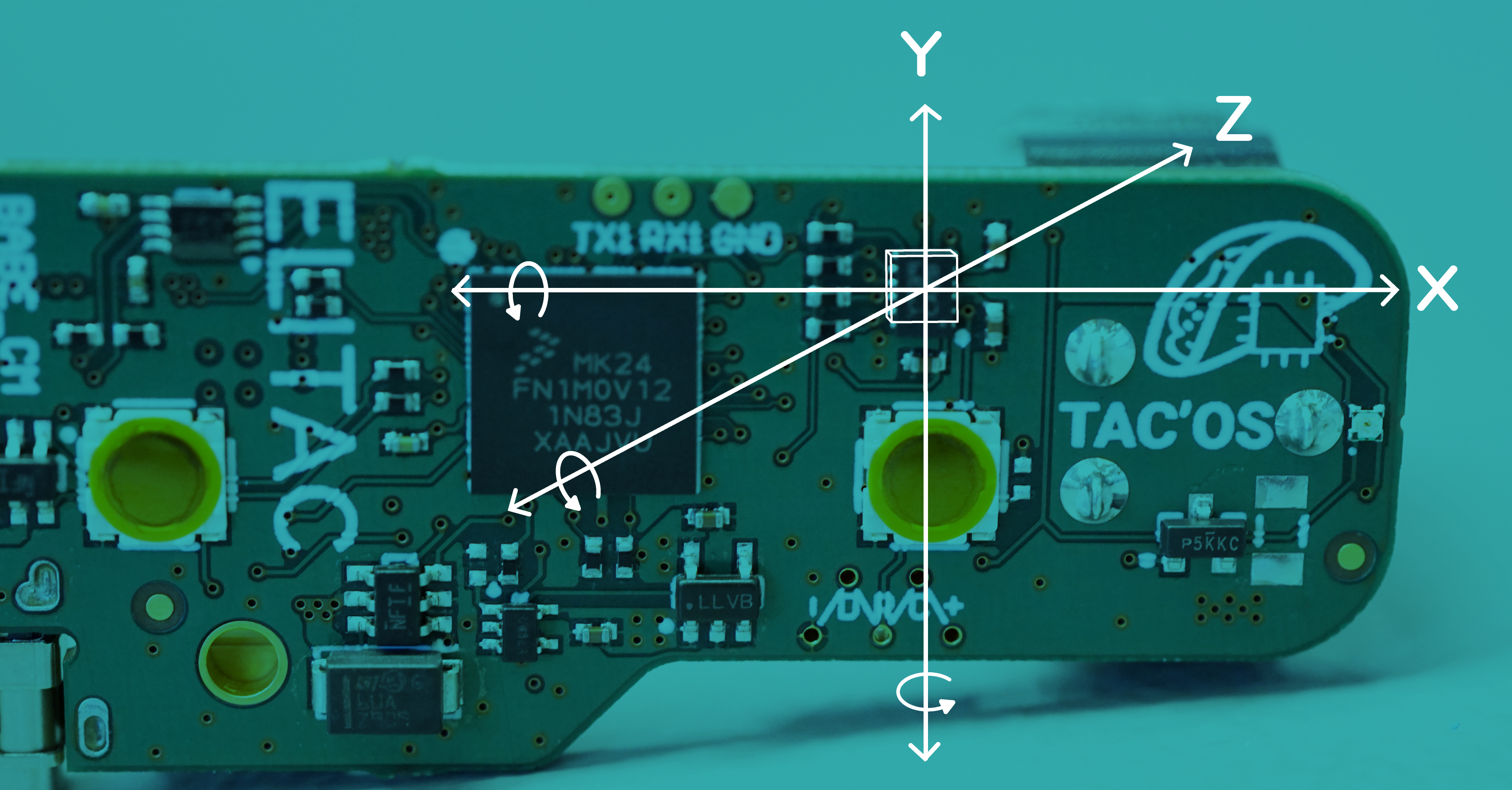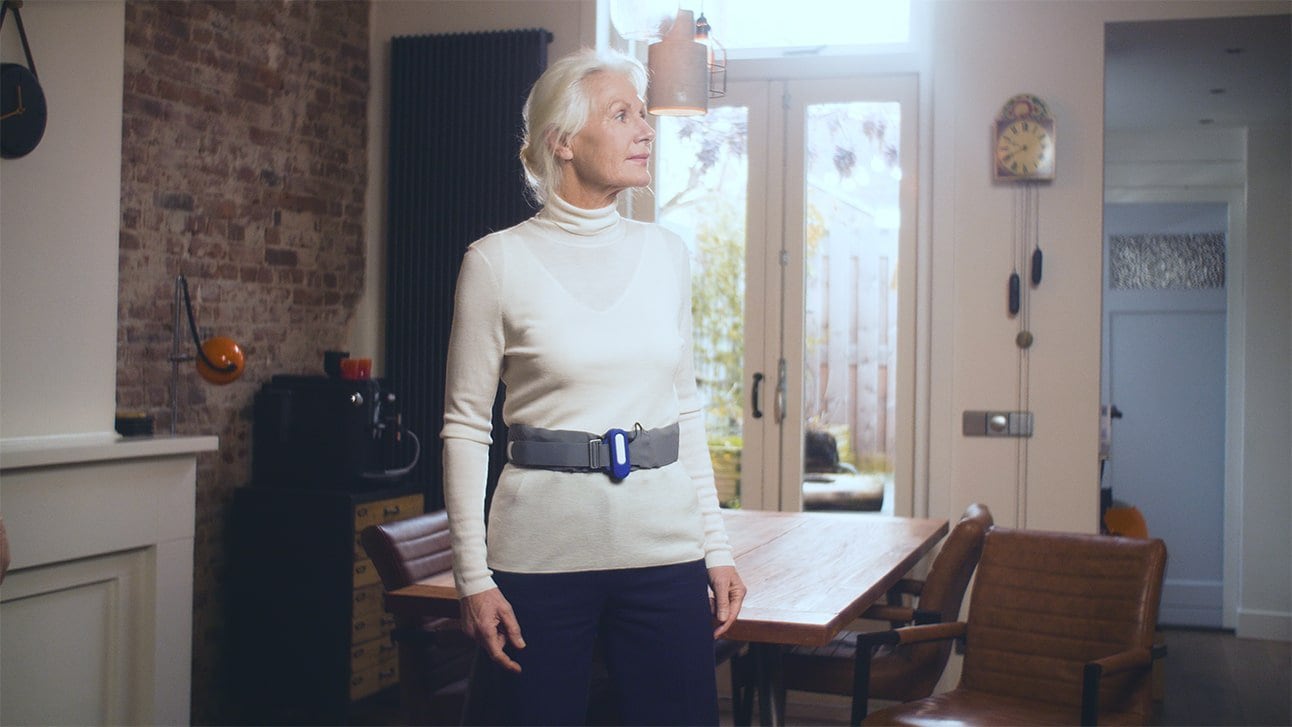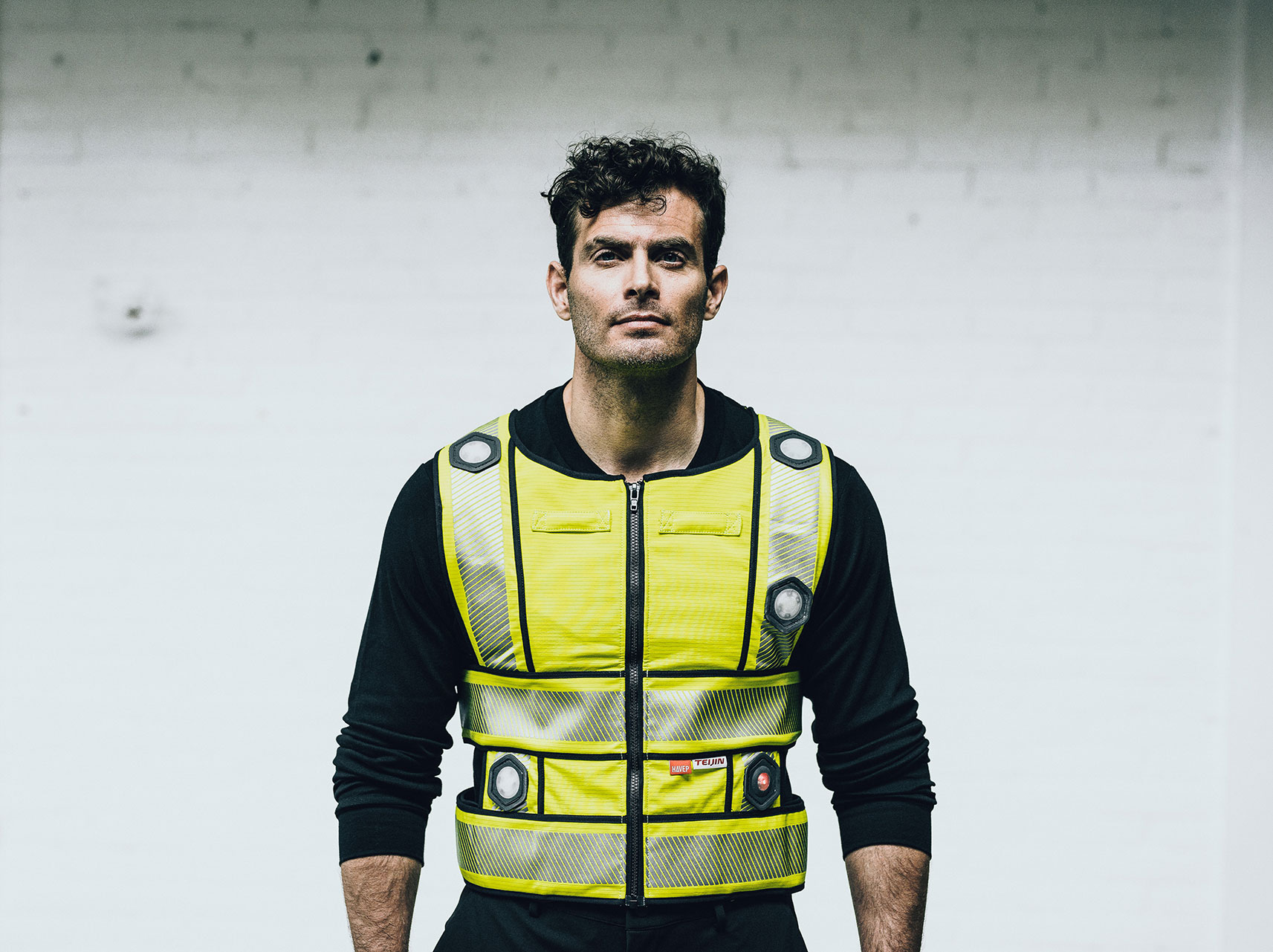Wearable sensors
Developing wearable sensors
Wearable sensors offer amazing potential for the Medical and Safety domains: They let us capture real-time, accurate data and act immediately on the insights it yields. Possible applications range from diagnosing and treating medical conditions, to improving workplace safety. And thanks to the miniaturisation and cost reduction of sensors and electronic circuits, it is possible to integrate these sensors into comfortable, washable and cost-effective wearables.
However, integrating sensors into wearables involves balancing complex issues, like achieving static placement on mobile people, preventing interference from movement and the skin’s electrical field, etc. At Elitac Wearables, we have over 45 years’ combined experience developing wearables with integrated sensors. These range from complex motion sensors (Mission Navigation Belt), accelerometers (BalanceBelt), light sensors (SmartShoulder), stretch sensors (SmartShirt), to gas sensors and more. We can therefore advise our development partners on the most efficient and cost-effective way to integrate sensors into their wearable.
Wearable sensor benefits
Wearable sensors allow us to capture data from users and their environments that:
- Is continuous and more precise than ever before.
- Is collected handsfree.
- Does not require attention from the user, thereby preventing sensory overload.
- Can be processed and implemented instantly, by combining the sensor data with haptic feedback.
The potential benefits are as wide-ranging as there are sensor options.


Wearable sensor benefits for health
Capturing exact data and performing complex analytics can help medical professionals diagnose patients (earlier), and gain a deeper understanding of medical conditions and possible treatments.
This is even more powerful when combined with real-time haptic feedback:
- The management and/or treatment of medical conditions through sensory substitution. Applications include balance feedback, fall prevention, navigation for visually impaired people, etc.
- Improved physical therapy: Data from the sensors can allow therapists and their patients to gain a detailed understanding of the patient’s movements, with the option for in-depth analysis and comparison. Moreover, with the addition of haptic alerts, the therapist can let the patient feel the required changes in movement straight away rather than hearing about them later. This makes the learning process much more intuitive.
Wearable sensor benefits for safety
Real-time data from wearable sensors can help organisations improve the safety of their employees, for example by:
- Monitoring for the occurrence of accidents in remote places, e.g. man-down alarm.
- Checking for the presence of noxious gases or other dangerous circumstances.
- Tracking long-term health trends.
By combining sensor data with haptic alerts, we can help employees remain continuously aware of any potentially dangerous conditions. This way, preventive action can be taken before incidents occur.

Factors we consider when developing wearable sensors
How vital is exact sensor placement on the body?
As the sensor is placed on an active, moving person, care must be taken to ensure the sensor always remains in the same location on the body. This is especially true for motion sensors. In addition, the wearable must be designed such that the sensor can capture its data without interference from the wearer’s movement or environment.
We have developed a variety of design techniques that ensure electronics remain in the correct place on the body, depending on each use case.
Can we expect complications from integration techniques?
When it comes to electronic and textile integration techniques, we have found that some work better than others for specific types of sensors. Techniques which have the benefit of waterproofing the electronics may hinder the correct functioning of certain types of sensors.
For example, overmoulding a GPS sensor means that the antenna would be surrounded by plastic instead of air, potentially causing the antenna to detune. In this case, we may decide to keep it partly uncovered, or change the antenna to compensate for the frequency shift that occurs.
Are we using an internal or external sensor?
A wearable can have sensors integrated or use an external sensor, for example from the wearer’s mobile phone. For a market-ready wearable, we will often recommend an internal sensor. The main reason is that external sensors introduce a delay in the data transfer and feedback. In addition, it means that the external sensor (phone) must always being present, and they often prevents or complicates handsfree operation.
Still, in some use cases it makes sense to use an external sensor as it is much easier and – therefore more cost-effective – to implement.
The cost aspect also makes external sensors more interesting during earlier stages of the development process. Early on, we will often develop a simple software connection to an external sensor so that we can start user testing earlier and keep initial investments low.
Can we expect interference from the skin’s electrical field?
Wearable sensor are generally placed close to the skin. However, the human skin generates its own electrical field, which fluctuates with movement. This electrical field may interfere with the correct functioning of sensors, especially those that are sensitive to electrical fields.
For example, GPS sensors have a very sensitive antenna, so we must ensure that the sensor is placed at exactly the right distance from the skin to ensure correct functioning and avoid detuning of the antenna. Likewise, pressure sensors may have difficulty distinguishing between touch/pressure and changes in the electrical field and mechanical forces on the sensor relating to the wearer’s normal movement.
Does the type of sensor have specific requirements?
For example, temperature sensors can be configured and placed to measure skin temperature or ambient temperature. ECG/EMG must be in contact with the skin, GPS sensors must have a clear line of sight to the sky.
Types of sensors available
Below, please find a selection of the many sensors that can be integrated into a wearable. We have used a majority of these in our wearables. Are you interested in developing a wearable sensor? We’d love to hear your ideas!
- Attitude and Heading Reference System (AHRS): Measures a user’s orientation in reference to the world. See for example the Mission Navigation Belt.
- Inertial Measurement Unit (IMU): Measures a user’s orientation in reference to their initial position. See for example the SmartShirt.
- Accelerometer: Measures a user’s tilt and tilt direction. See for example the BalanceBelt.
- Light sensor: Measures the brightness of ambient lighting. See for example the SmartShoulder.
- GPS sensor: Captures the longitudinal, latitudinal position based on satellite positioning systems.
- Gait sensor: Monitors a person’s gait parameters. The sensor translates IMU sensor data into gait parameters. See for example the GaitKeeper.
- Gas sensor: Measures the concentration of specified toxic or explosive gases (confidential project).
- Stretch sensor: Measures elongation of the sensor. See for example the SmartShirt.
- Pressure sensor: Detects the pressure exerted.
- Temperature sensor: Can measure ambient or the user’s skin temperature.
- ECG/EMG sensor: Measures the electrical activity of the heart (ECG) or muscle (EMG).
- NFC (Near Field Communications): Provides information through NFC tags.
- Wireless power: Allows wireless power transmission to a wearable.
- Audio sensor: Detects the intensity of sound waves.
Contact us
Contact us to find out how we can help you develop a wearable sensor for the Medical or Safety domain.


